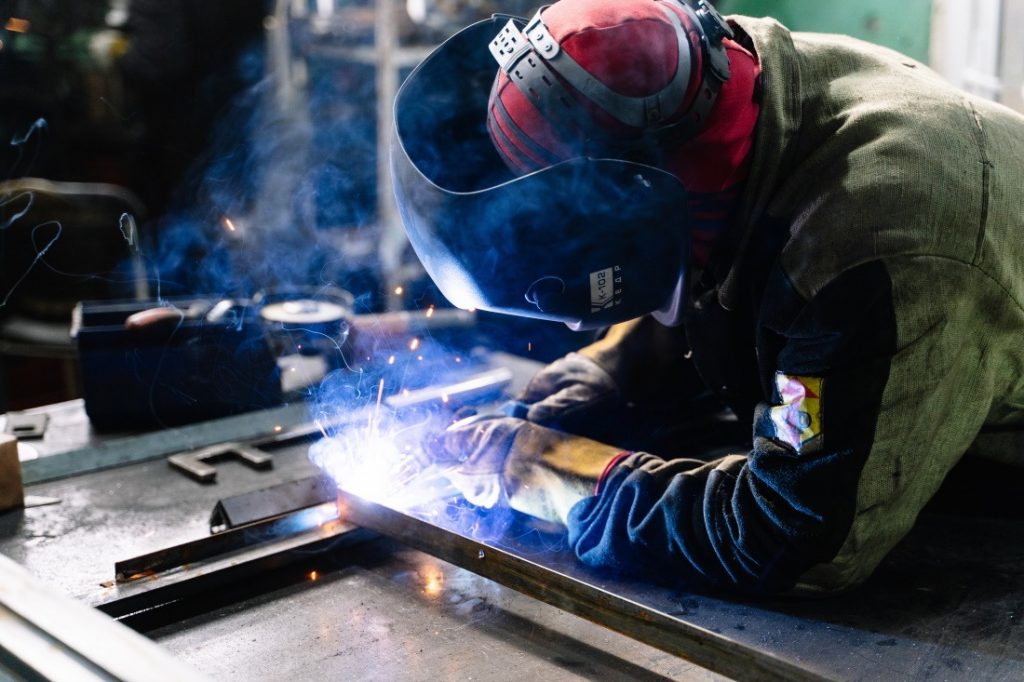
People report to the workplace to earn a living and a livelihood. None show up to get sick. Yet industrial shops of all kinds can foster ill health in employees unless careful safeguards are in place. Surfaces, equipment and, yes, even the air to breathe can become unintentionally tainted by chemical residues and unhealthy emissions. Oil mist is one such substance. Metalworking and other manufacturing machinery can leak spray from fuel oil, lubricant or hydraulic oil. Not only can this mist cause the instruments to malfunction–dangerous in itself–but its vapor can affect the public health and potentially lead to explosions.
Bringing Safety to the Workplace
The good news is that technology can reduce and minimize the dangers posed by this emitted spray. Consisting primarily of water, oil mist still contains enough remaining oil and supplemental chemicals to yield the destructive consequences noted above. Yet an oil mist collector actually eliminates this grimy steam from the machinery exhaust. It is applicable to many versions of equipment. A CNC mist collector, for instance, works for apparatus related to subtractive manufacturing, e.g. turning or milling. Essentially, an oil mist collector works as a filtration system to prevent the substance from exiting the machine. Oil mist is such a hazard that there is even a governmental regulation on what is the maximum tolerable level at a work place.
How Does It Work?
Air infused by oil is pulled toward the oil mist separator by means of vacuum power or, sometimes, centrifugal force. This suction can be fine-tuned according to the size and capacity of the machine. The air is sucked through an intake tube to a larger compartment, and ultimately through the filter infrastructure. The refined oil droplets merge with larger ones, and get trapped in the filtering fibers. A sequence of microfibers then apprehends any other miniscule droplets in the air flow. Larger oily molecules are pressed against the oil mist separator walls, forced down by gravity into a shaft and then a waiting reservoir beneath this tunnel.
The Results Say It All
Whether the oil mist collector serves as a CNC mist collector or attaches to alternative machinery, the reduction in mist is significant. Machinists since the dawn of the first Industrial Revolution have been plagued by dust, particulates and other matter undermining the function of their instruments. Even as they made headway against these other forms of regressive emissions, oil mist continued to plague them. With the advent of the oil mist separator, over 90 percent of vapor is trapped and neutralized. While high-efficiency particulate air (HEPA) technology has operated successfully for decades, its efficacy against oil mist is more recent. The newest models are said to improve efficiency 100-fold. Moreover, they help shop floors and production plants to better conform to Occupational Health and Safety Administration (OSHA) guidelines.
Helping Humans and Machines
Oil mist collectors are an economic boon to the manufacturing sector. As machines operate more productively, and their operators are less frequently attending to illness, company revenues will benefit immensely. Better still, technological strides continue to correct the ill-fated environmental consequences of their predecessors.
